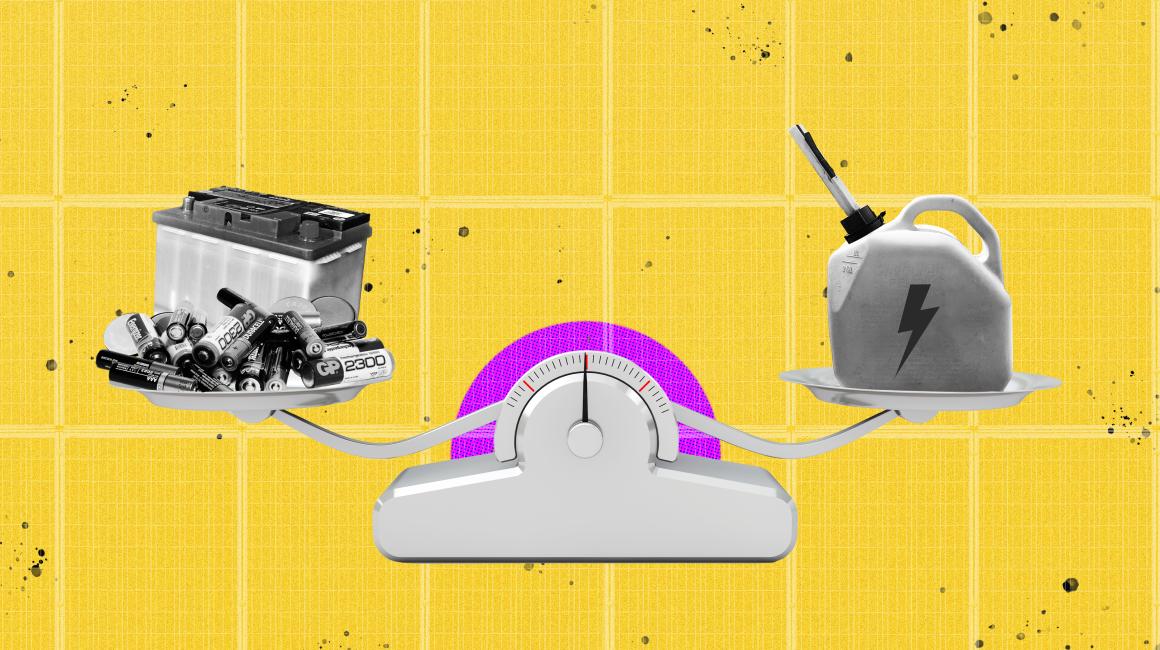
The age in which we rely on fossil fuels for nearly all our energy needs appears to be coming to an end, albeit more slowly than scientists say we need to to avert the most severe impacts of climate change. The signs are all around us. Electric cars continue to grow in market share, and some countries are even close to phasing out new fossil fuel-based car sales already. Renewable energy from solar and wind continues to get cheaper, gradually replacing coal in the electricity generation mix. And there’s even growing trepidation around the future of natural gas as a “bridge fuel,” both because it still packs a heavy carbon footprint itself and because leaking infrastructure can emit methane — a greenhouse gas that’s 25 times more potent than CO2.
For sure, we’re still a ways from our lives being powered exclusively by carbon-free fuels, and the world is quickly realizing there are many problems without straightforward solutions. The transportation sector, which accounts for the largest share of greenhouse gas emissions in the U.S., poses some of the stiffest challenges, according to Assistant Professor of Mechanical Engineering Doohyun Kim. And this is especially the case when you start looking beyond the passenger vehicle fleet, which does indeed show a lot of potential in pivoting from gas and diesel to electricity. The core issue is that with more energy-intensive transportation, like long-haul trucks, freight trains, container ships and airplanes, the electric-motor-plus-battery recipe doesn’t really work. Compared with fossil fuels, batteries simply aren't very "energy dense." For example, the onboard lithium-ion battery pack powering the 259-mile range Chevy Bolt spans the full width of the car and weighs 960 pounds. On the other hand, the gas-powered Chevy Cruze can travel nearly 550 miles on a single fill-up of its 13.7-gallon gas tank. An airplane carrying enough onboard batteries to fulfill its energy needs, Kim says, just can’t exist, at least not with existing technologies. Given that mass-based energy density is more than 50 times higher for liquid fuels, a battery-powered plane would simply be “unrealistically heavy.”






